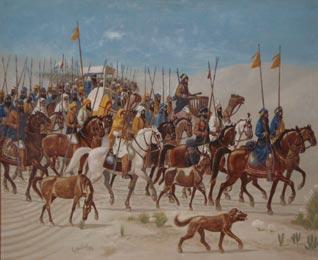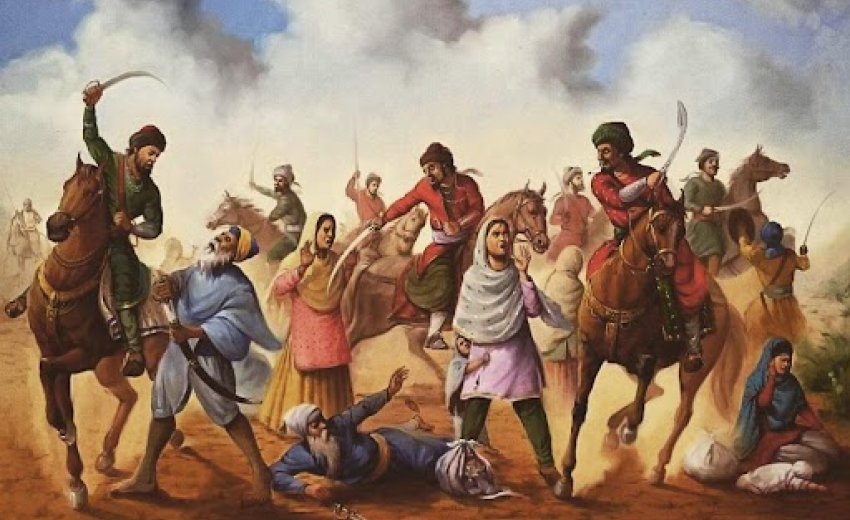Explore the heroic tales of Baba Ram Singh Bedi, a formidable Nihang warrior from Sialkot, descendant of Guru Nanak, who fought bravely against Afghan forces.
Discover the captivating history and architecture of Samman Burj, the octagonal Mughal marvel in Lahore Fort, known for its royal and administrative legacy.
BUDDHA DAL and Taruna Dal, names now appropriated by two sections of the Nihang Sikhs, were the popular designations of the two divisions of Dal Khalsa, the confederated army of the Sikhs during the eighteenth century. With the execution of Banda Singh Bahadur in 1716, the Sikhs were deprived of a unified command. Moreover, losses suffered by the Sikhs during the anti Banda Singh campaign around Gurdaspur and the relentless persecution that followed at the hands of `Abd usSamad Khan, governor of Lahore, made it impossible for Sikhs to continue large scale combined operations.
Explore the social and economic life of Punjab in 1854 with Ibratnamah, a rich Persian account of its history, culture, and the rise of Sikhism.
Discover the Mahimashahias, Sikh followers of Mahima Shah, celebrating spiritual legacy and Sikh teachings across historic centers in Punjab.
Explore the moral teachings of SUKHANFAKIRANKE, an 18th-century Punjabi prose by Bhai Addan Shah, offering lessons in austerity, humility, and virtue.
Explore the pivotal 1762 battle of Vadda Ghallughara, a major holocaust in Sikh history, marking a fierce clash with Ahmad Shah Durrani.
ADDAN SHAH, BHAI (1688-1757), third in succession to Bhai Kanhaiya, founder of the Sevapanthi sect, was born in 1688 in the village of Lau in Jhang district, now in Pakistan. His parents were of a devout temperament and he inherited from them a deeply religious bent of mind. He learnt Gurmukhi and got training in the exegesis of Sikh scriptural texts from Bhai Gurdas Dakkhani, a leading Sikh of Guru Tegh Bahadur`s time. He also remained in the company of Bhai Seva Ram, a disciple of and successor to Bhai Kanhaiya, for a long time and ultimately succeeded him as chief of the Sevapanthi sect.






